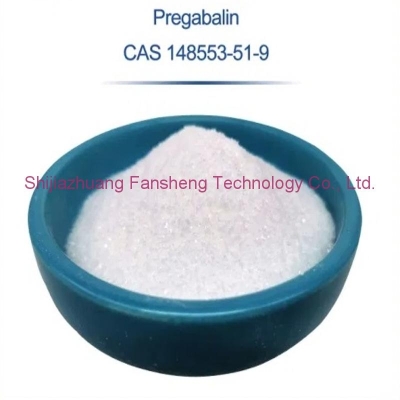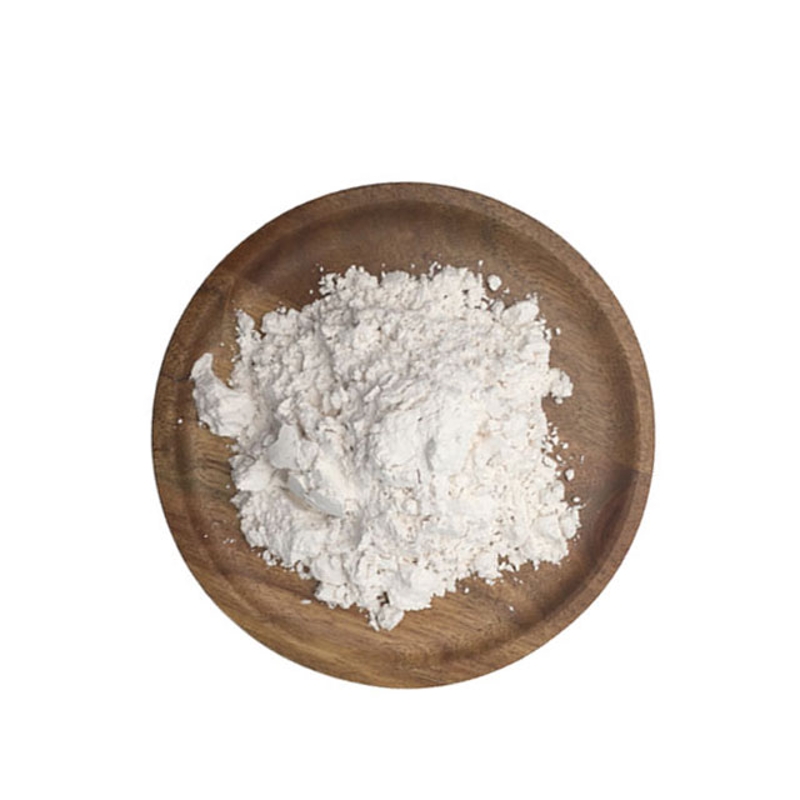-
Categories
-
Pharmaceutical Intermediates
-
Active Pharmaceutical Ingredients
-
Food Additives
- Industrial Coatings
- Agrochemicals
- Dyes and Pigments
- Surfactant
- Flavors and Fragrances
- Chemical Reagents
- Catalyst and Auxiliary
- Natural Products
- Inorganic Chemistry
-
Organic Chemistry
-
Biochemical Engineering
- Analytical Chemistry
- Cosmetic Ingredient
-
Pharmaceutical Intermediates
Promotion
ECHEMI Mall
Wholesale
Weekly Price
Exhibition
News
-
Trade Service
Atherosclerosis (AS) is a lifelong disease in which cardiovascular risk factors (CVRFs) play a vital role in their occurrence and development.
because most cardiovascular events are associated with CVRF, conventional CVRFs are often used clinically to assess the risk of AS occurrence.
, however, recent large-scale clinical trials have shown that individuals without CVRF, especially young people and women, are also associated with subclinical atherosclerosis.
current preventive recommendations, healthy individuals without CVRF may not be suitable for preventive intervention, although there may be AS.
, however, subclinical or asymptomatic AS is the basis for most cardiovascular events, and early detection can improve risk stratation in patients.
, the relevant factors and theoretical basis for the mismatch between CVRF and AS risk should be further clarified.
pulse wave (ufPWV) is a new mode in ultrasound imaging, which can be quantitatively evaluated for arterial stiffness in the region non-invasively.
recent studies have shown that ufPWV is a simple and repeatable independent predictor of the incidence of atherosclerosis in patients with vascular Ehlers-Danlos syndrome (vEDS), hypertension, hyperlipidemia, diabetes, and multiple conventional CVRFs.
recently, a study published in the journal European Radiology evaluated the degree of cervical arterial stiffness in participants who lacked conventional cardiovascular risk factors (CVRF) using ufPWV and explored the correlation between CVRF and AS.
study included 517 participants without regular CVRFs (the total population without CVRFs).
subjects in this group were included in the criteria as: current non-smokers, untreated blood pressure, 140/90 mmHg, fyndicated blood sugar (FBG), 7.0 mmol / L, total cholesterol (TC), slt;6.2 mmol / L, L, L-L. 4.1 mmol / L, HDL cholesterol ≥ 1.0 mmol / L.
the inclusion criteria for subgroups with optimal CVRFs (CVRF-optimal subgroups; n s 188) are: blood pressure sl;120/80 mmHg, TC sl;5.2 mmol / L, and FBG sl;5.6 mmol / L.
clinical visits, physical examination, serum extraction, cIMT and ufPWV were evaluated.
use the adjustment advantage ratio (OR) and the ordered logical regression model of the 95% confidence interval.
46.2-54.5% of subjects without CVRF had cervical arteriosclerosis.
In the total CVRF-free population and the CVRF-optimal subgroup, age, male and body mass index (BMI) were independently associated with cervical atherosclerosis (age: 1.10-1.11, male s 2.65-7.19, OR BMI s 1.34-1.62; p sl; 0.05).
only in the total population without CVRF, cervical arteriosclerosis is associated with TC (OR of TC is 1.84; p is 0.034).
1 box of versus graphs (n=517) shows the comparison between CVRF-optimal and CVRF-free sub-groups of CIMT, PWV-BS and PWV-ES by (a-c) sex or (d-f) BMI (-lt; 25 kg/m2 ≥ vs25 kg/m2).
* p < 0.05; * * p < 0.01; Analysis of the distribution of the measurements of the measurements of the values of the p-lt; 0.001 Figure 2 (a) cIMT (n- 517).
represents the cIMT measurement in the CVRF best subgroup, and blue represents the cIMT measurement in the CVRF subgroup.
the vertical axis shows the cIMT.
axis on the left side represents the number of participants, and the horizontal axis on the right represents the proportion of participants (best: 188; none: 329).
(b) A comparison of the best and no CVRF subgroup PWV-BS and PWV-ES measurements within the CVRF-best and non-CVRF subgroup pWTs (-lt; 0.050 cm vs. ≥0.050 cm).
that many individuals without CVRF may also have cervical arteriosclerosis.
also demonstrated the potential for in vivo imaging with ufPWV for conventional CVRF-related cervical arteriosclerosis.
because ufPWV facilitates early evaluation of atherosclerosis and may further reveal the true physical condition of healthy adults without CVRF, it can help identify individuals who may benefit from early clinical interventions.







